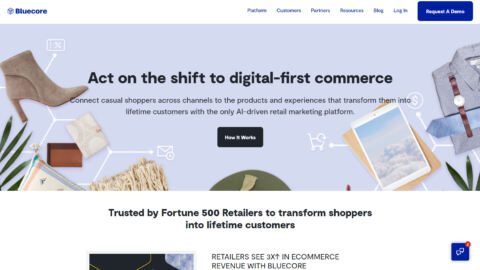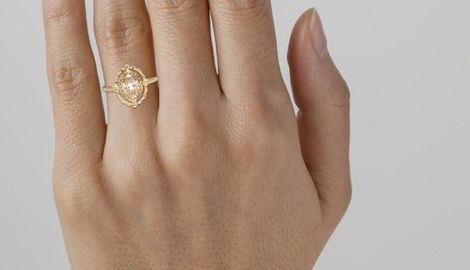Mobile POS (mPOS) can help retailers across verticals create a more convenient and seamless in-store shopping process by allowing store associates to complete transactions in store aisles. Incorporating smartphones and tablets into associate-to-shopper interactions also can provide employees with instant access to inventory information, customer data and other relevant tools to create more compelling and enjoyable browsing and buying journeys.
Moosejaw, a multichannel outdoor goods retailer, is a forward-thinking leader in mPOS execution. By implementing Apple iPod Touch devices in all stores, the retailer empowers associates to perform checkouts from anywhere on store selling floors. The devices feature CrossView technology, and are wrapped in Linea Pro barcode scanning and mag stripe reading hardware.
MPOS has completely “eliminated the divider between the store associate and customer,” thereby creating a more convenient and interactive customer experience, according to Bryan Lively, VP of Retail at Moosejaw.
In addition, by replacing cash wraps and counter space with mPOS, Moosejaw has freed hundreds of square feet of floor space. The retailer also added in-store tablets to enhance the shopping journey.
{loadposition MWIAA} “We’re always trying to do something new and exciting to engage our customers, and stay ahead of the curve,” Lively said in an interview with Retail TouchPoints. “We want to make sure we can provide the best possible experience and service to our consumers, and we believe mobile is the best way to do that.”
As of March 2013, 72% of transactions are being completed on mobile devices, an adoption rate way beyond initial expectations, Lively explained. “We anticipated that approximately 25% of all transactions would take place on mobile devices. Within the first eight months of our rollout, we raised that goal to 70%. We’ve consistently maintained — or exceeded — that rate over the last year.”
Brick-and-mortar shopping experiences are expected to improve even further with a “drive-through” purchasing concept that Moosejaw plans to test during fall 2013. With this strategy, store associates can venture outside of the four walls of a store to complete transactions, which will make shopping trips easier for time-starved consumers.
In one “drive-through” case, a customer had purchased items in-store then called four hours later to request additional items. “She had a few kids in the car with her, and asked if we could bring her purchase out to her car,” Lively said. “The store manager and employees prepared her order, and when she pulled up, an associate ran out to her car, had her sign the mobile unit and off she went.”
Decreasing Counter Space And Increasing Inventory Assortment
MPOS also has helped Moosejaw eliminate the need for cumbersome cash wrap stations and POS machines, and in turn, increase overall floor space, according to Lively. “MPOS allowed us to take our existing model, which included anywhere between two to four stationary units and a counter space of approximately 200 square feet, and decrease that size by 50% in the four new stores we opened in 2012. This 100-square-foot increase in floor space has allowed Moosejaw to feature new brands and increase overall inventory assortment in stores.
As Moosejaw opens more locations and expands the mPOS strategy, the retailer first trains new employees on using the iPod Touches, then on fixed POS stations.
“Associates trained first on mPOS make an easier transition and adapt better to our mobile strategy,” Lively stated. “This process also encourages more transactions to take place on mobile devices in the new locations versus older locations.” Lively added that with an average employee age of 23, “it makes sense for associates to be on the mobile unit because they’re very familiar and comfortable with the technology.”
The Role Of Tablets In Stores
Due to the success of the iPod Touch implementation, Moosejaw has added tablets into the brick-and-mortar experience to offer an “endless aisle” experience, Lively noted. “That way, if a customer or associate wants to see a different color backpack, or order a different product size not available in-store, they can do that easily.”
Three tablets are placed strategically throughout the in-store browsing and buying journey: one at a cash wrap station, one near the fitting rooms and one in the “gear section.” In addition, one free-range device is available for associates to share so they can assist shoppers while they’re in store aisles.













